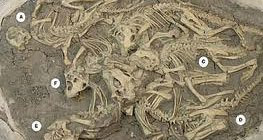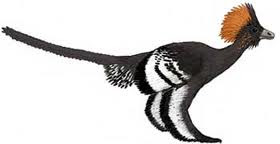
This creature was known to have lived in South America and Western Europe during the Middle Cretaceous period (i.e.) around 95 million years ago. Researchers say that it would have got a wing span of about 10 feet and it would have weighed around 70 pounds. Diet of these creatures would have been fish. These creatures had a thin snout and large wingspan with bony protuberance on the end.
Ornithocheirus --that honor belonged to the truly enormous Quetzalcoatlus--but it was the biggest avian reptile of the middle Cretaceous period, since Quetzalcoatlus didn't appear on the scene until tens of millions of years later. Aside from its 10- to 20-foot wingspan, what set Ornithocheirus apart from other pterosaurs was the bony "keel" on the end of its snout, which may have been used to crack the shells of crustaceans, to intimidate other pterosaurs, or to attract the opposite sex?

Discovered in the early 19th century, Ornithocheirus occasioned its share disputes among the famous paleontologists of the day. This pterosaur was named by Harry Seeley, who chose its moniker (Greek for "bird hand") because he assumed Ornithocheirus was ancestral to modern birds.
He was wrong--birds actually descended from small theropod dinosaurs--but not as wrong as his rival Richard Owen, who at that time didn't accept the theory of evolution and thus didn't think Ornithocheirus was ancestral to anything!
















